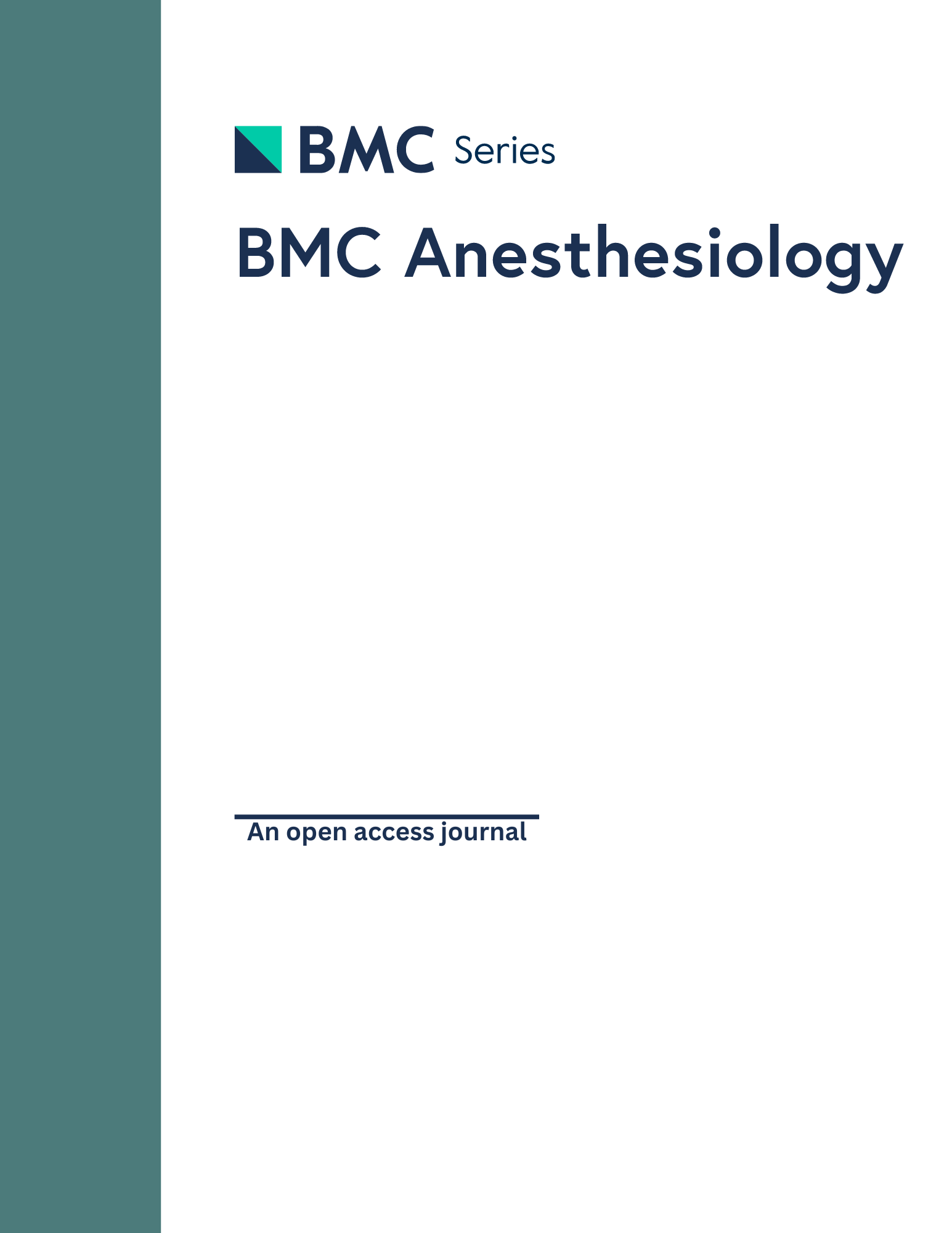
Continuous Pericapsular Nerve Group Block vs. Continuous Fascia Iliaca Compartment Block in THA

Continuous Pericapsular Nerve Group Block vs. Continuous Fascia Iliaca Compartment Block in THA
Comparison of continuous pericapsular nerve group (PENG) block versus continuous fascia iliaca compartment block on pain management and quadriceps muscle strength after total hip arthroplasty: a prospective, randomized controlled study.
BMC Anesthesiol. 2023 Jul 11;23(1):233.Did you know you're eligible to earn 0.5 CME credits for reading this report? Click Here
Synopsis
59 elderly patients scheduled for a total hip arthroplasty were randomized to receive a continuous pericapsular nerve group (PENG) block (n=30) or a continuous fascia iliaca compartment block (FICB). The primary outcome of interest was pain at rest and during exercise, as measured on a numerical rating scale (NRS), assessed up to 48 hours post-operation. The secondary outcomes of interest included...
To view the full content, login to your account,
or start your 30-day FREE Trial today.
FREE TRIAL
LOGIN
Forgot Password?
Explore some of our unlocked ACE Reports below!

Learn about our AI Driven
High Impact Search Feature
Our AI driven High Impact metric calculates the impact an article will have by considering both the publishing journal and the content of the article itself. Built using the latest advances in natural language processing, OE High Impact predicts an article’s future number of citations better than impact factor alone.
Continue



 LOGIN
LOGIN

Join the Conversation
Please Login or Join to leave comments.